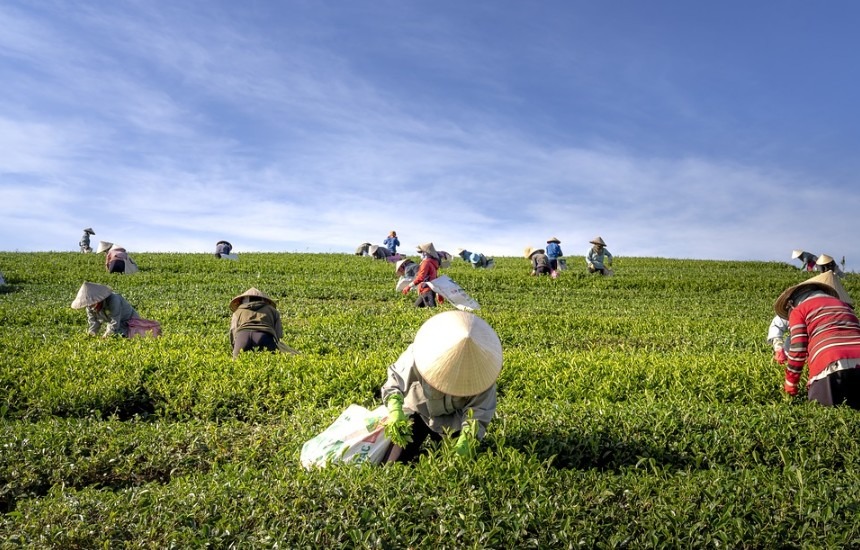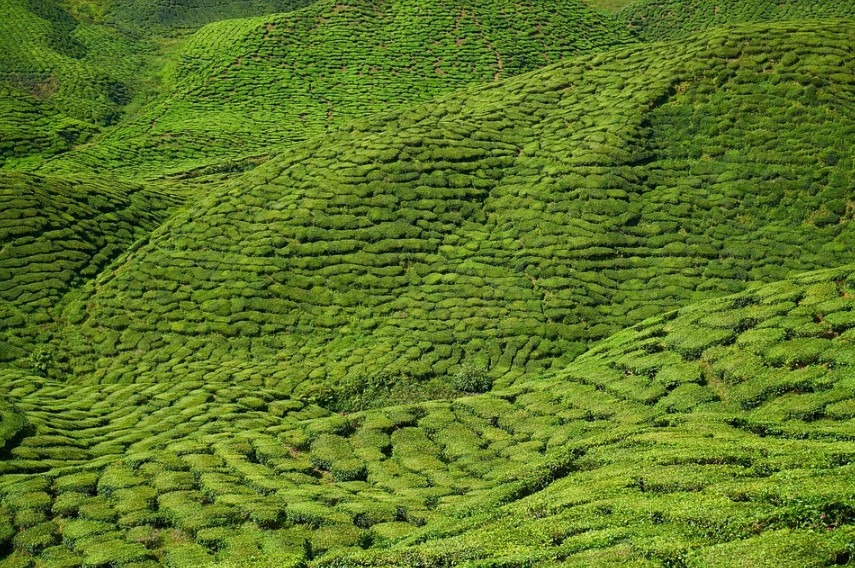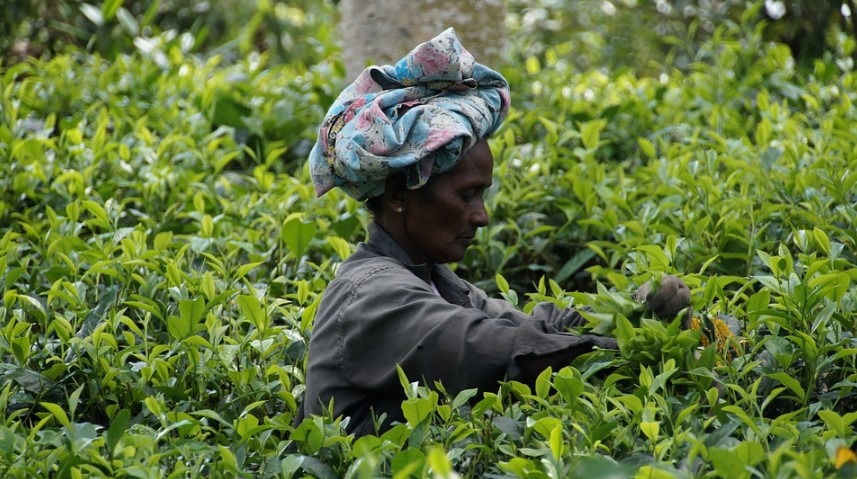Aside from coffee, tea is one of the most sought-after drinks in the world. Many people from different parts of the world, from Asia to the United States, consume tea. This beverage also comes in different types, and they are produced in hundreds of regions all over the world. Tea comes in two main categories, which are true teas and herbal tisanes. True teas are those that are made using the leaves of the tea plant called Camellia sinensis. On the other hand, herbal teas are those that are made from different flowers, herbs, and spices but do not contain any leaves of the tea plant.
When you go to stores or search online, you can also find flavored teas, which are infusions of herbal tisanes with true leaves. Today, we are going to explain how tea is grown and harvested. To be able to understand it better, let us focus on the true teas.
True Teas
True teas come in four types but are derived from the same exact leaves. These include white tea, oolong tea, green tea, and black tea. Some experts also include Pu-erh tea and rooibos tea. However, they have slightly different growing and production methods. Pu-erh tea also comes from the Camellia sinensis plant, but it is post-oxidized. Rooibos tea, on the other hand, comes from a red bush that is native to South Africa. To understand tea growing and harvesting well, we will focus on the four main types of true teas.
All of the four types of true teas came from the same leaves, but they differ in the production process. For example, teas like black tea are oxidized, while the others, like white tea, are sun-dried. These might be minor differences, but they result in big flavor and color differences. Just like wine, tea also varies depending on the terroir, or the notion that region, climate, soil, and other growing conditions affect flavor.
Where is Tea Grown?
Tea plants are grown and produced in many parts of the world. They grow best in cooler climates that have rainfalls of at least 40 inches each year. Tea plants prefer acidic soils, and they can be cultivated at different altitudes. They grow at sea level and up to altitudes of 7,000 feet. If they are at higher elevations, they will grow more slowly and develop more complex flavor profiles.
Some of the top tea producing countries in the world include India, Kenya, Sri Lanka, and China. True teas are usually classified by the region they are grown in. For example, India is popular for its black tea varieties, such as Darjeeling and Assam. During the period of British colonial rule, the production of these teas was ramped up in India. During these times, tea estates arose along the countryside, and India was hurled into the tea trade, becoming the main competitor of China in tea production.
Sri Lanka, on the other hand, is popular for its Ceylon tea, reflecting the country’s previous title. Aside from those countries, Japan is also popular for green tea cultivation, and Shizuoka prefecture is the most active in tea production in this country.
Planting and Growing Tea
In the present time, tea is grown as a bush that is approximately one meter high,making them easier to harvest. They are grown from cuttings or clones which are nurtured carefully in a nursery bed until they become ready for planting. Young bushes of tea plants are planted about 1.5 meters apart in rows with a distance of one meter between each row. When tea plants are planted in higher altitudes, the rows of tea bushes follow the contours of the hills or mountainsides to prevent soil erosion.
There are also some higher altitudes where terraces are built, which is also one of the ways to avoid soil erosion. Tea plants or bushes are trained into a fan shape, with a flat top, and this is called a plucking plateau. It is 1 x 1.5 meters in area, and it takes between 3 to 5 years to come to maturity. The time frame or the time it takes for tea plants to mature depends on the altitude at which the tea is grown. The higher the altitude, the longer it takes for the tea plants to mature.
Once the tea plants or bushes mature, they are severely pruned first by a method called “lung” pruning before their first plucking or harvesting. It is the method of picking just the top two leaves and buds to keep the plants in early growth stages. This process promotes new shoots and maximizes harvest outcomes.
Harvesting Tea
Before the tea leaves can be harvested for tea use, the plants should reach the age of three years first. Tea bushes are mostly plucked by hand every 7 to 14 days. Handpicking or harvesting is the best for tea leaves because it preserves the quality of the leaves. For many years, machines have also been used. However, tea growers found that using machinery in harvesting tea leaves was too rough, and they just damaged the delicate tea leaves.
Tea leaves are harvested usually twice each year. The first harvest is knowns as the first flush, which occurs every spring. On the other hand, the second harvest is done in the summer, and it is called the second flush.
Tea harvesters put in a lot of effort in harvesting the tea leaves and placing them in large wicker baskets. Once the baskets are full, they are then transported to a tea processing plant on the tea plantation. Most of the time, tea processing centers are located on the plantation site because as soon as the leaves are plucked, they will start to undergo oxidation.Therefore, they need to be processed as quickly as possible because different levels of oxidation are how different types of true teas are achieved or made.
In processing tea, steps such as withering, rolling, oxidation, and drying are usually involved. After these steps, they are then packed and transported to stores for consumers to buy and enjoy.
These are how tea is grown and harvested. By knowing these details, you’d now be able to enjoy drinking tea more as you appreciate how they are grown, harvested, and processed to give you a fresh cup of tea every day. The next time you brew a tea, try to relish how much effort is given to those leaves in your favorite cup.We hope that you’re able to learn more about growing and harvesting tea.



